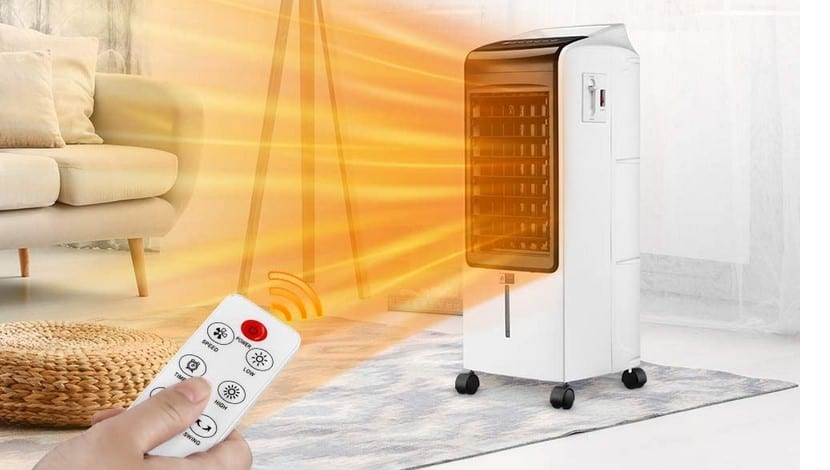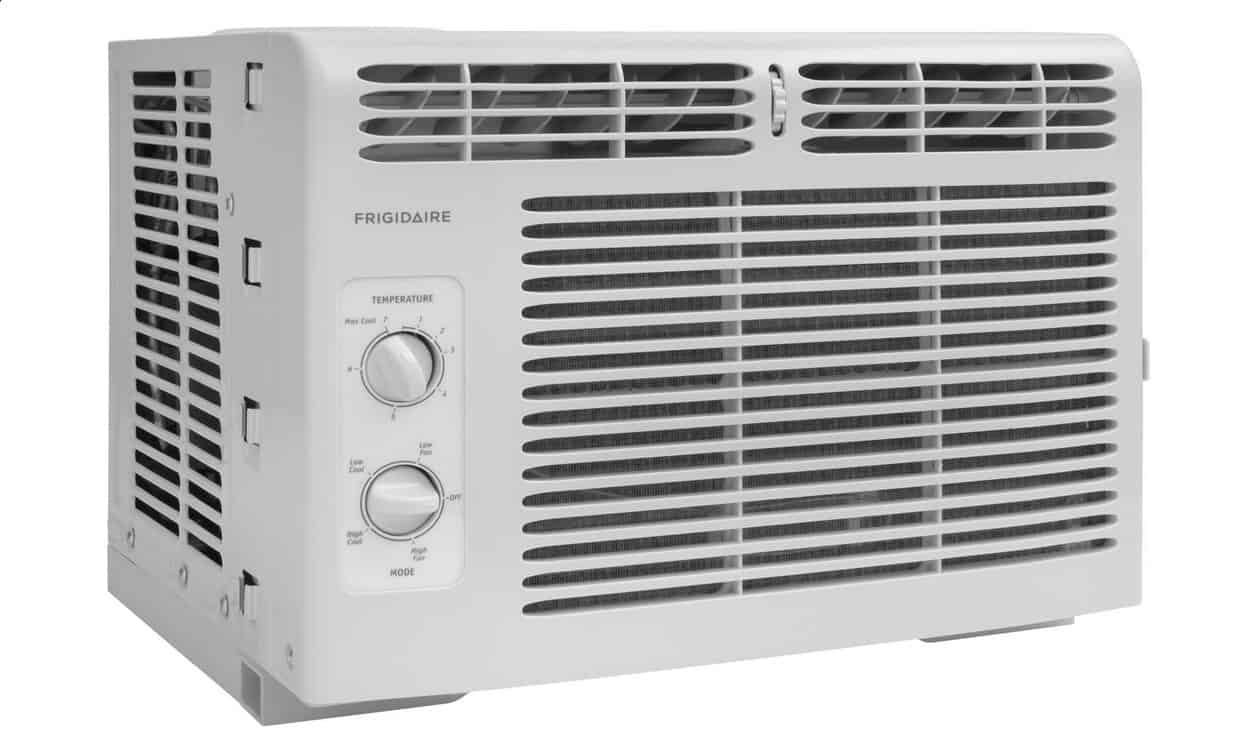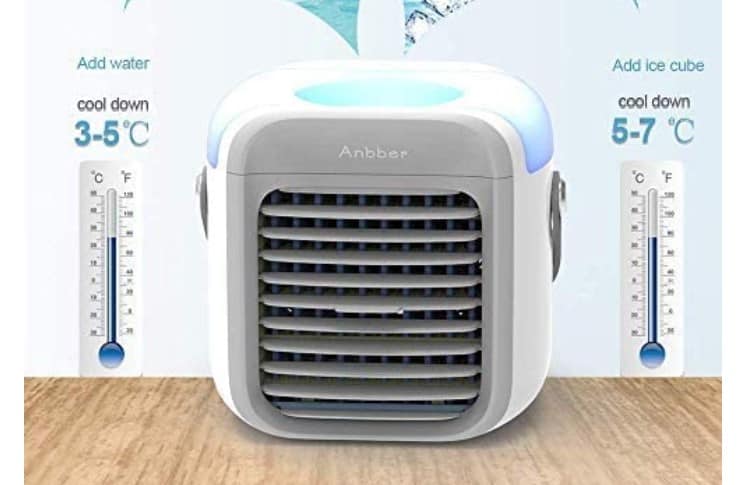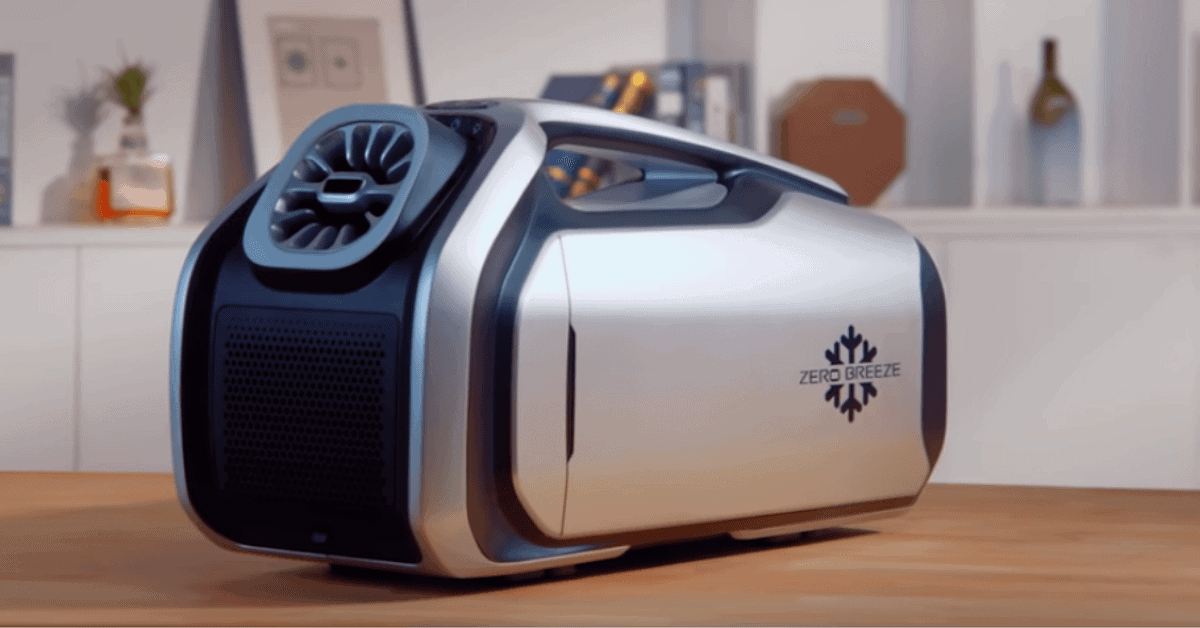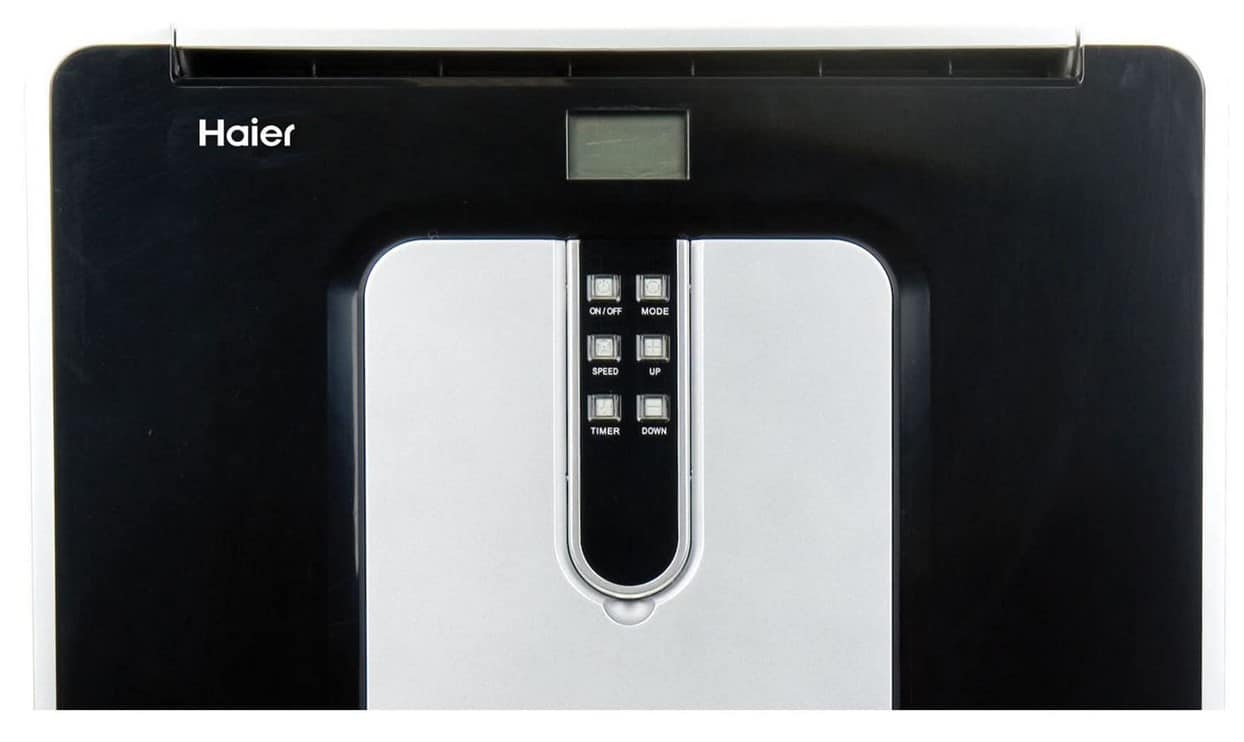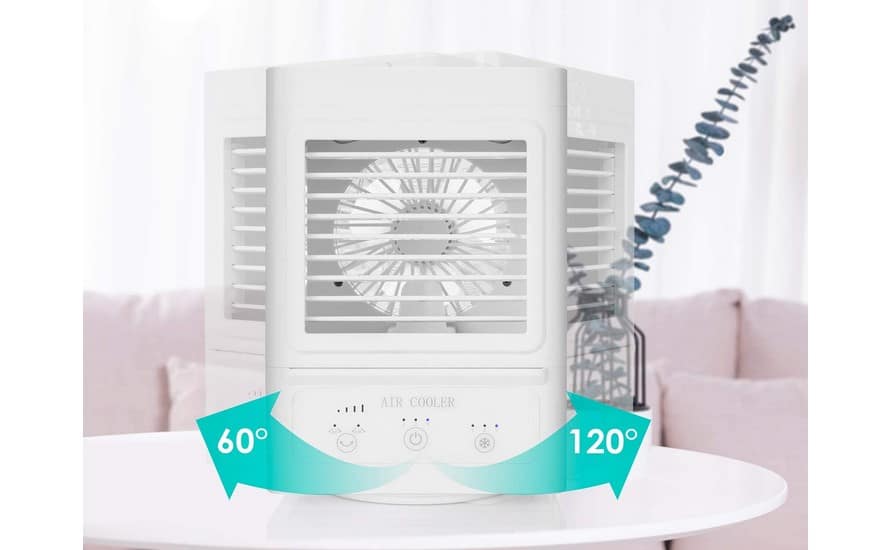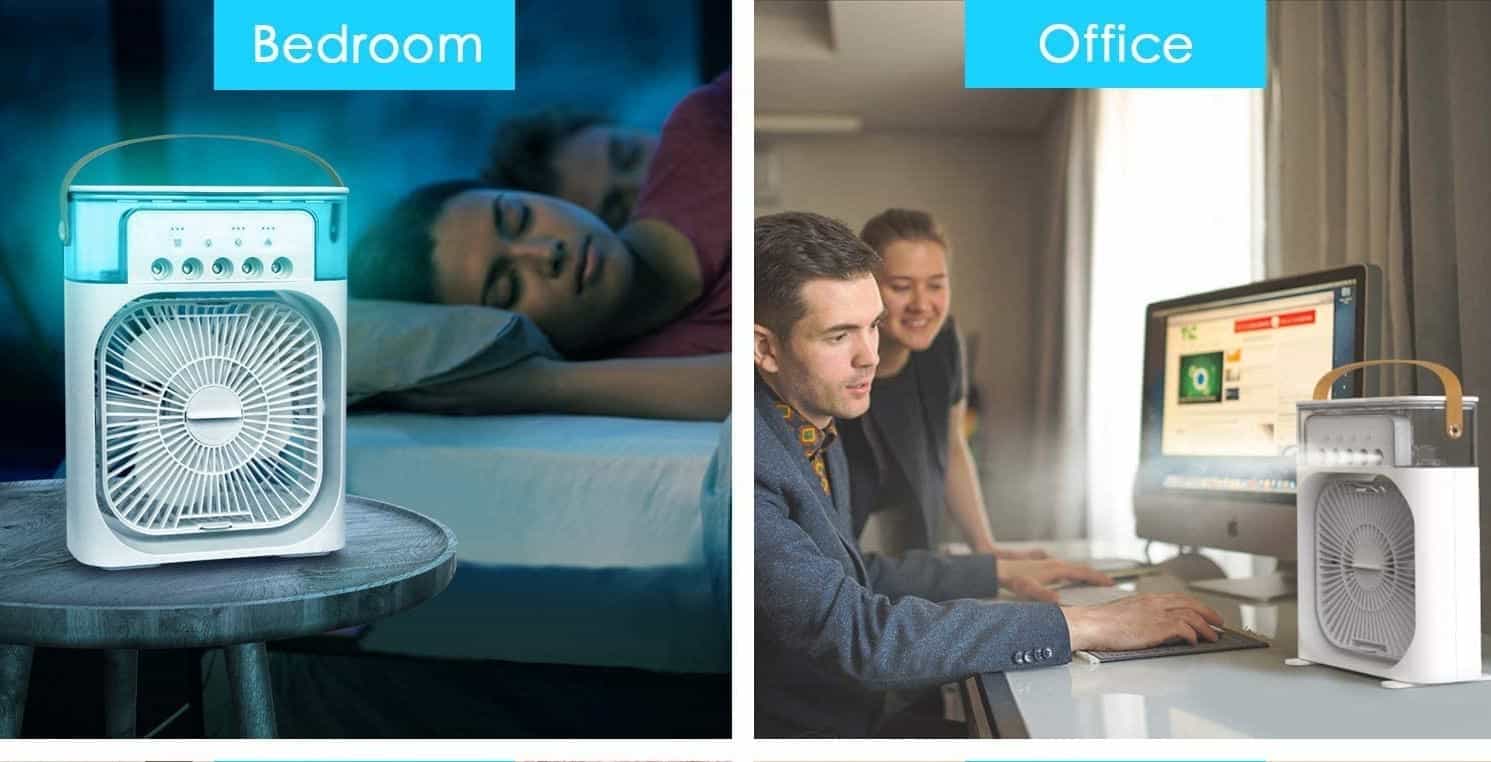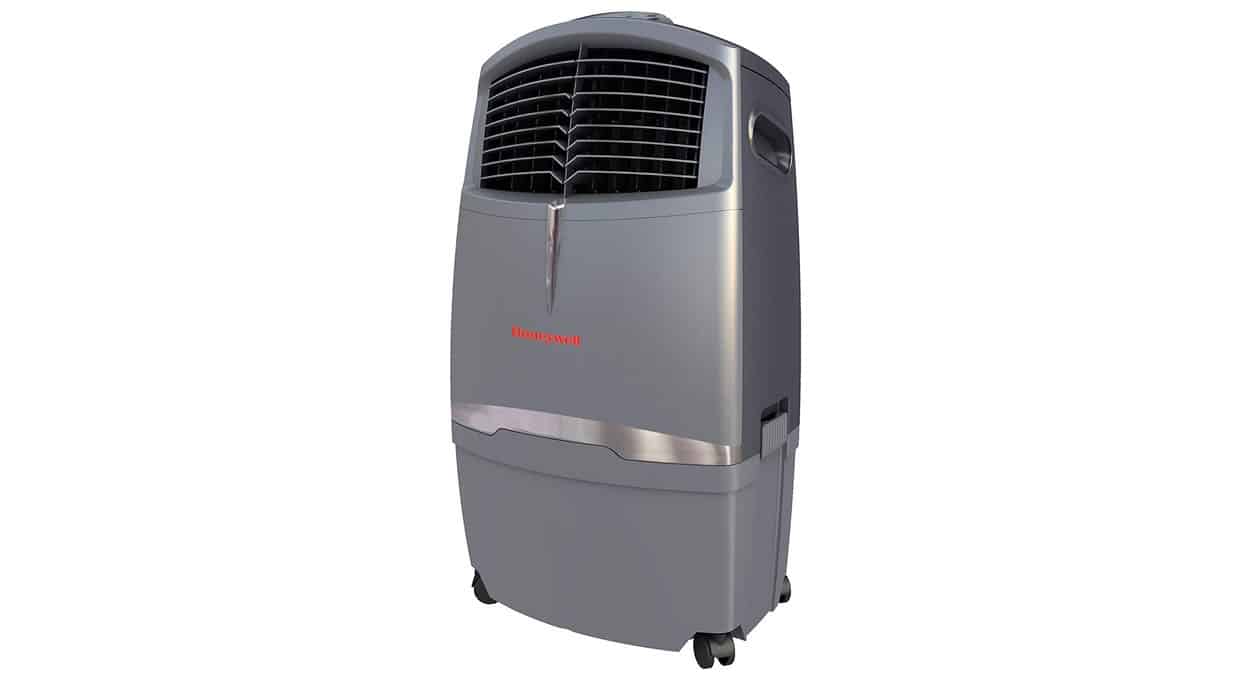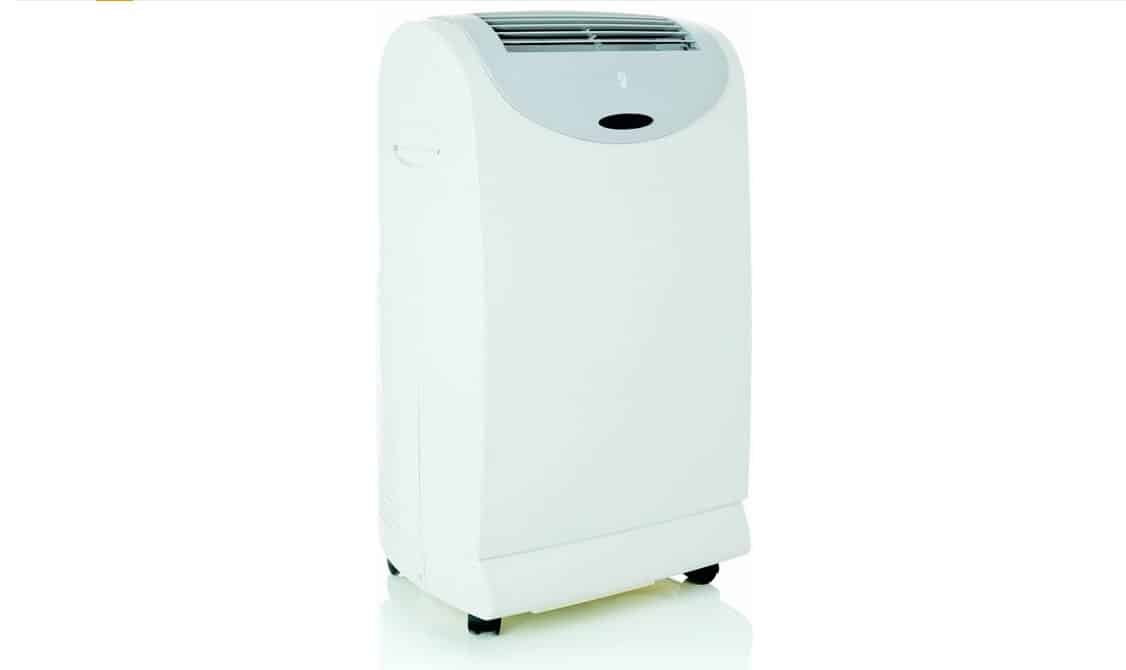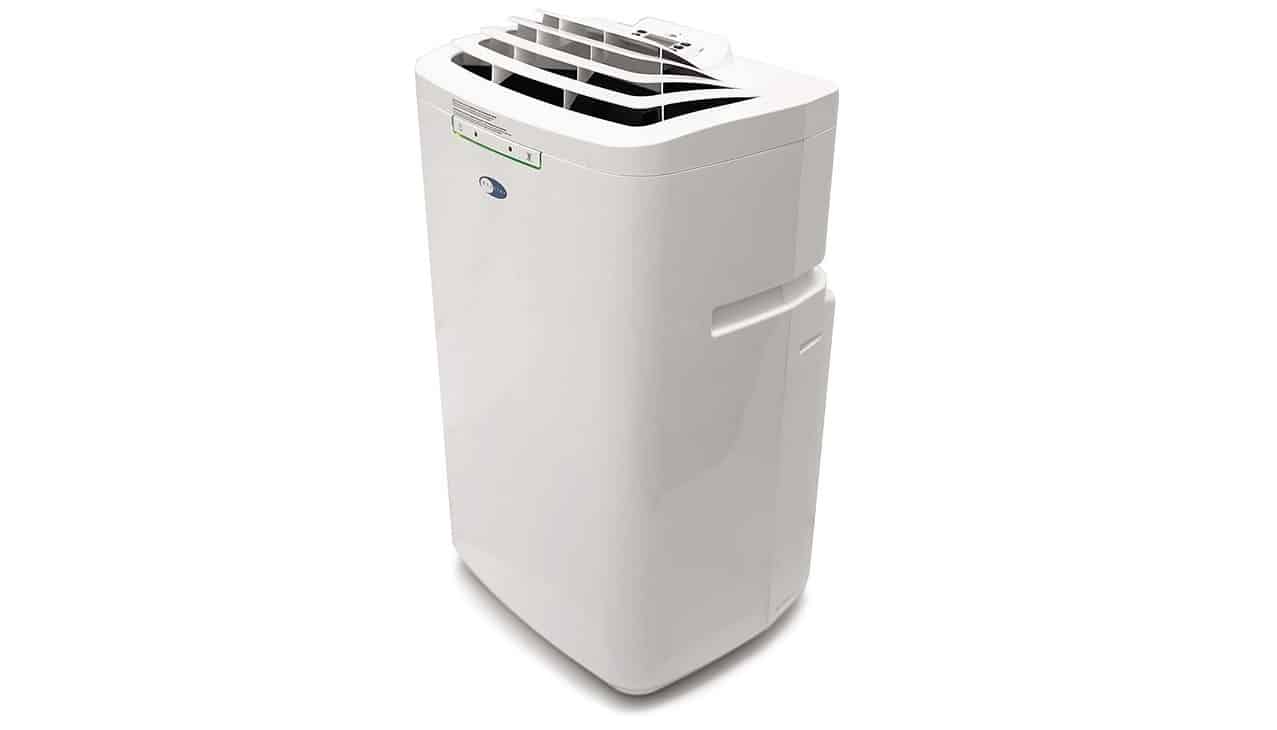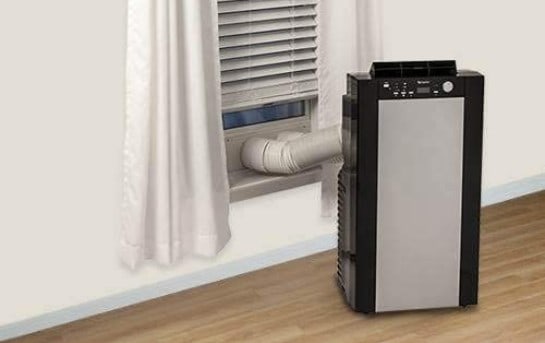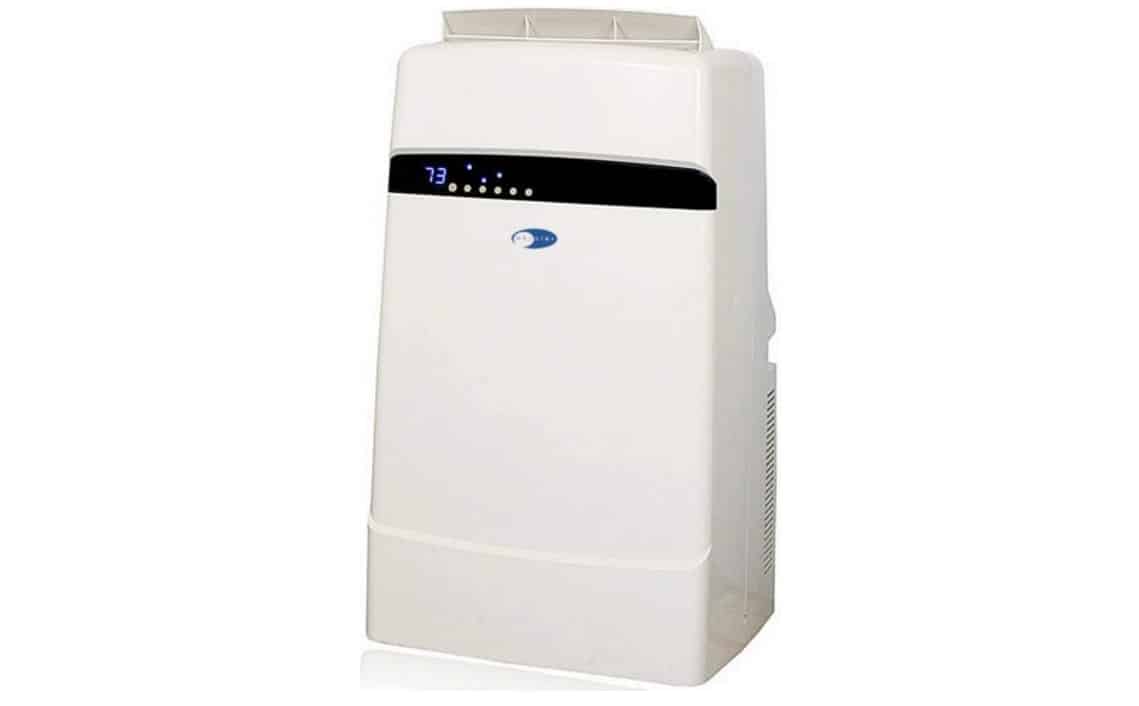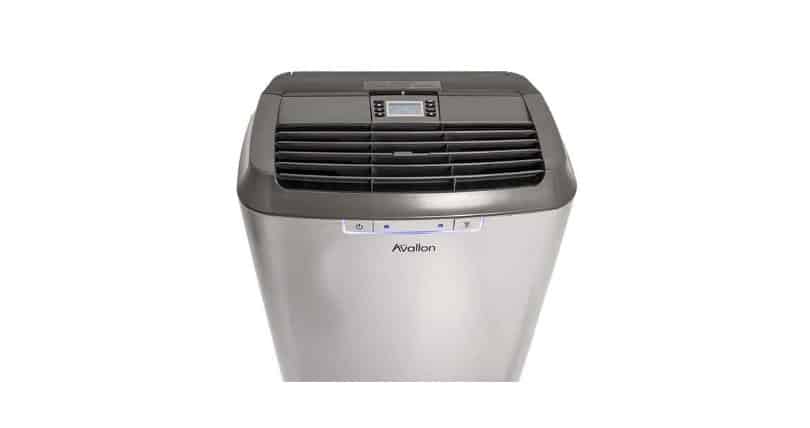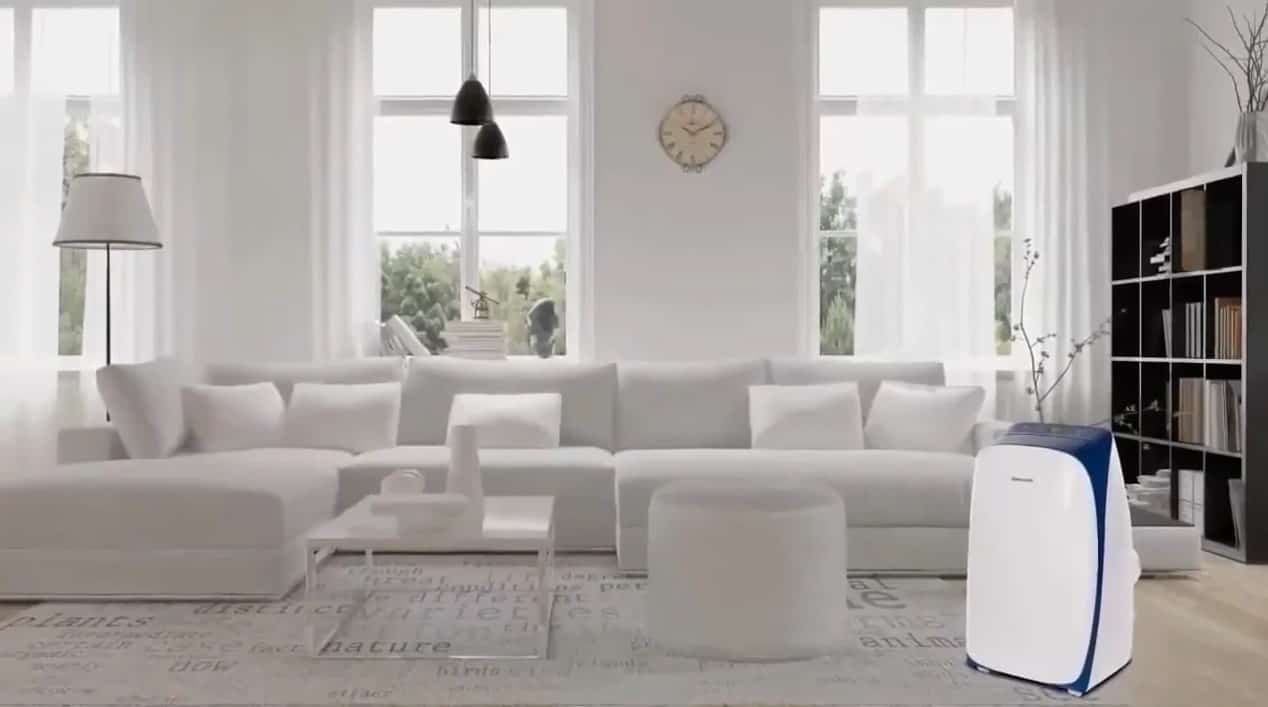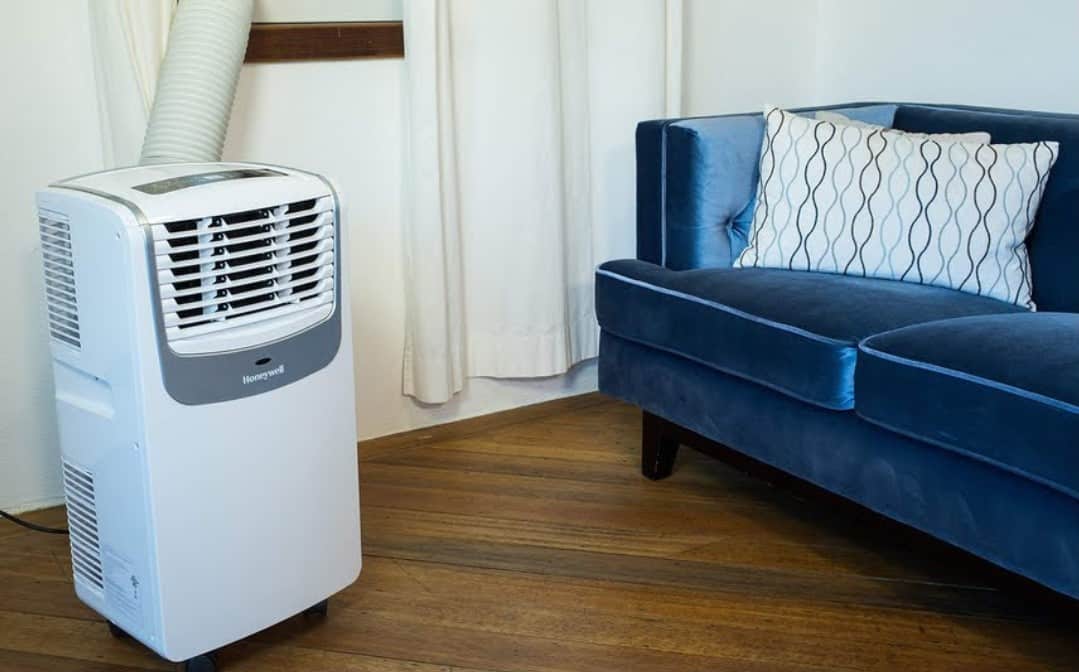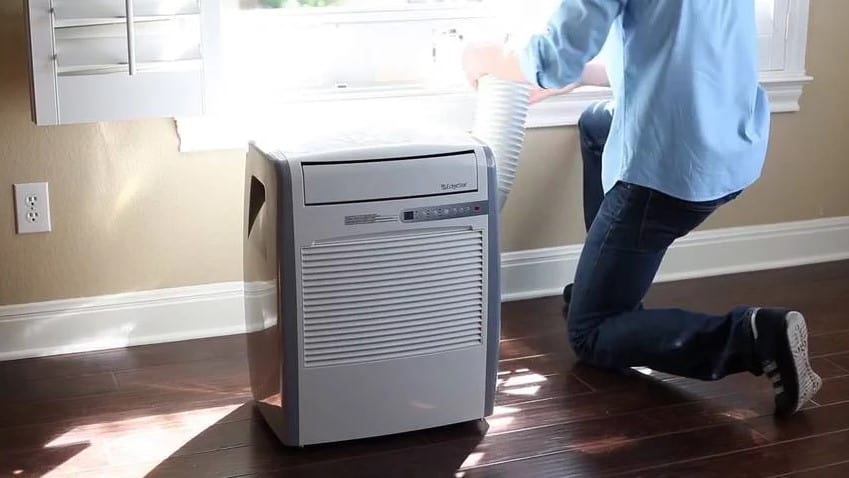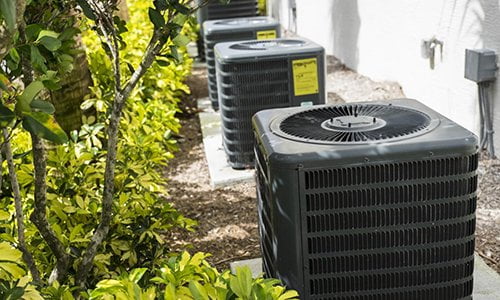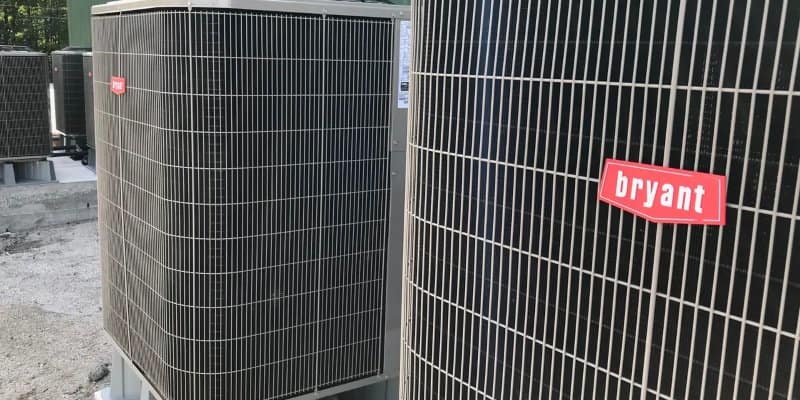If it’s a day with a particularly hot temperature, you may notice that your AC has no power or isn’t working. This occurrence can be one of the worst experiences since we rely on our air conditioners to keep the house cool. However, even the best air conditioners have trouble that requires maintenance or repair sometimes.
KEY TAKEAWAYS:
- You may need to clean your AC unit, especially the air filter, evaporator coils, and condenser lines. It’s best to use an A/C cleaning brush for this.
- Check to see if your circuit panel shows a tripped circuit.
- You may have blown a fuse, so check your fuse box for any unusual-looking fuses.
Many air conditioner issues can make it appear as though your air conditioner lacks power. If you want to know more about what each part of your unit does, check out our article “Air Conditioner Capacitor: What Does It Do?”
Possible Causes for Having No Power to an AC Unit
Among the many problems related to an AC having no power, some of the most common relate directly to maintenance and cleaning. For example, when you have a clogged air filter, you may notice water freezing outside your coils, creating a layer of ice. Likewise, dirty evaporator coils or condenser lines cause models to be less efficient and may even result in a breakdown. This can also hinder the air conditioner fan from blowing.
Insider Tip
Before doing anything else, check if you tripped a circuit or have blown a fuse.
You can schedule routine maintenance with an HVAC professional to solve many of these problems, including dirt or build-up or a refrigerant leak. To avoid issues like this, you may want to consider getting the smallest portable air conditioner instead. Read on if you want to clean your condenser lines, find a tripped circuit breaker, or replace a blown fuse. If none of these methods work, you may need to call a repair person to combat the heat. You might check if your AC is compatible with Alexa as well.
Method 1: Dirty Condenser Lines
- Time to Complete: 10 minutes
- Difficulty: Easy
- Tools Needed:
- Wet/dry vac
- Distilled white vinegar (if needed)
- Steps: 4
STEP 1
Turn off your AC unit’s electricity. You may hurt yourself if the electricity is still running to the product.
STEP 2
Locate the condenser line component on the outside AC unit.
STEP 3
Lift the lid to access the lines.
STEP 4
Clean the inside using a wet/dry vacuum or distilled white vinegar. Distilled white vinegar will help to remove stuck-on debris.
Method 2: Blown Fuses
- Time to Complete: 5 minutes
- Difficulty: Easy
- Tools Needed:
- Fuse box
- Replacement fuse(s)
- Steps: 4
STEP 1
Go to your electrical panel. In older houses, this panel typically takes the form of a fuse box.
STEP 2
Find the blown fuse. These fuses will appear discolored or cloudy. You can check the fuses using a multimeter tool. If the device beeps on each fuse, none are blown. Fuses that do not cause the multimeter to beep need to be replaced. Fuses that do not cause the multimeter to beep are fine.
STEP 3
Replace the blown fuse with one that is the same in every aspect.
STEP 4
If you have an additional safety shutoff by the AC unit, check the fuses there as well.
Method 3: Tripped Circuit Breakers
- Time to Complete: 5 minutes
- Difficulty: Easy
- Tools Needed:
- Circuit panel
- Steps: 3
STEP 1
Find your electrical panel. If you’re in a newer house, look for a circuit panel. Most electricians install circuit panels instead of fuse boxes. This issue may occur when you have a lot of appliances plugged into the same circuit, causing it to overload.
STEP 2
Look for a tripped circuit. In some cases, this circuit will have the switch flipped to the opposite side compared to the rest.
STEP 3
Reset the circuit. If the switch did not flip, you must flip the switch to “off” and then back to “on.” Otherwise, you will only need to flip the switch to “on.”
Method 4: Basic Troubleshooting
- Time to Complete: 5 minutes
- Difficulty: Easy
- Tools Needed:
- Thermostat
- AC unit
- Steps: 4
STEP 1
Check that your thermostat is set to cool. The air won’t run unless it is told to do so.
STEP 2
Ensure your emergency or shut-off switch has not been flipped to the off position.
STEP 3
Check the power switch or power button on the inside of the unit.
STEP 4
Try turning your AC off at the thermostat and wait five minutes before you turn it back on.
Warning
Cleaning the condenser lines with the power on is dangerous, so ensure the power to your air conditioning unit is off before starting.
F.A.Q.S
What causes the capacitor to fail?
Capacitors fail for several reasons, including age, overheating, and power surges.
What does E73 mean on a Nest thermostat?
This error code shows that there is no power to your RC wire. If you see E73, try the methods above before you contact an HVAC professional.
How do I check my Nest thermostat battery?
Go to “Quick View.” Then, find “Settings,” “Technical Info,” and “Power.” The battery’s power level should be labeled “Battery.”
STAT: Replacing a circuit board yourself could save you an estimated $500-$1000. (source)
REFERENCES:
- https://energyair.com/air-conditioner-wont-turn-on/
- https://www.pippinbrothers.com/blog/article/outside-ac-unit-wont-turn-on-what-to-do-before-calling-for-repairs
- https://experthvacandrefrigeration.com/resetting-your-ac-unit-after-a-power-outage/r
- https://www.geminithermohvac.com/ac-not-working-how-to-repair/
- https://www.youtube.com/watch?v=2DWwAX1PKaQ

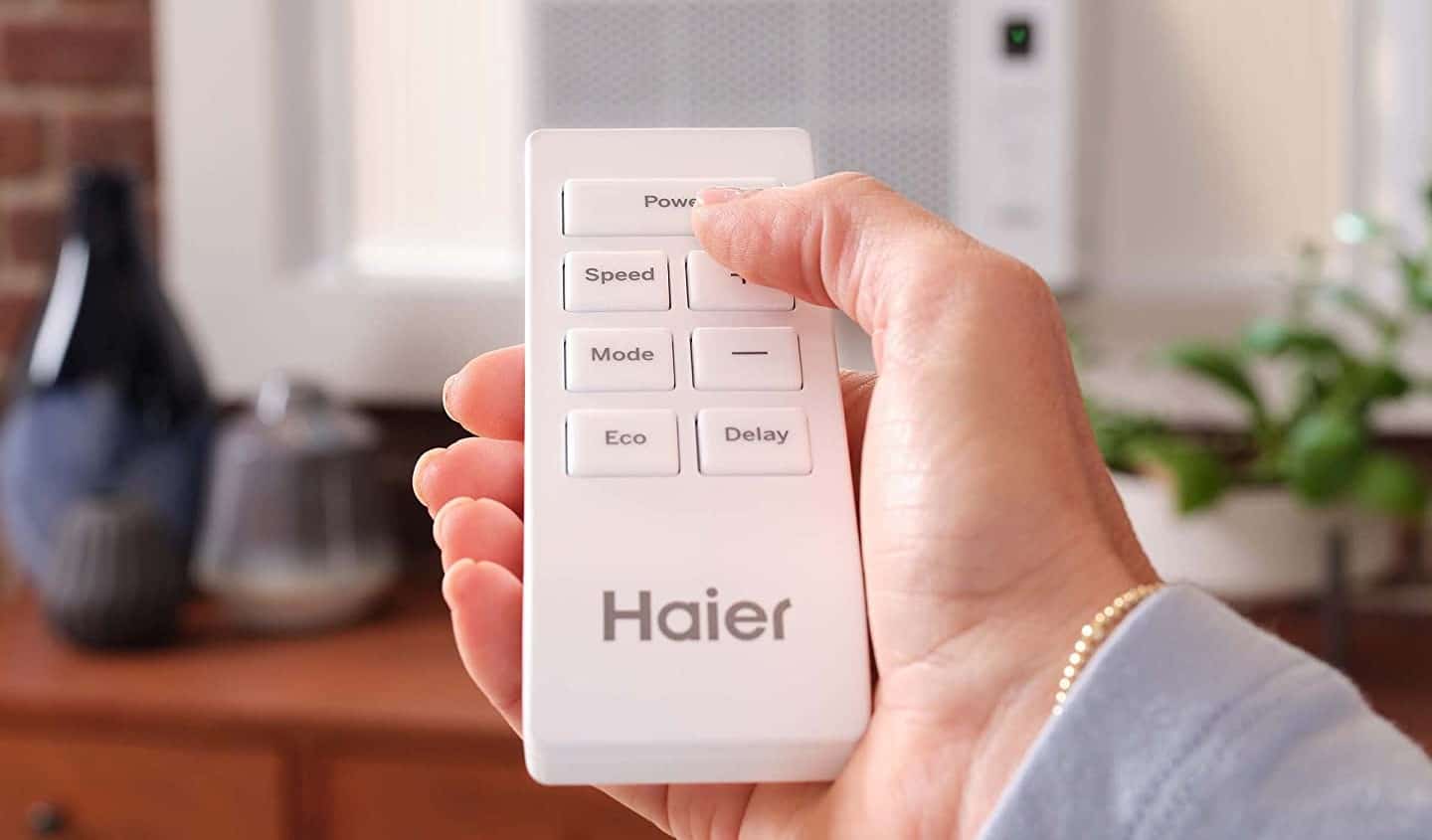













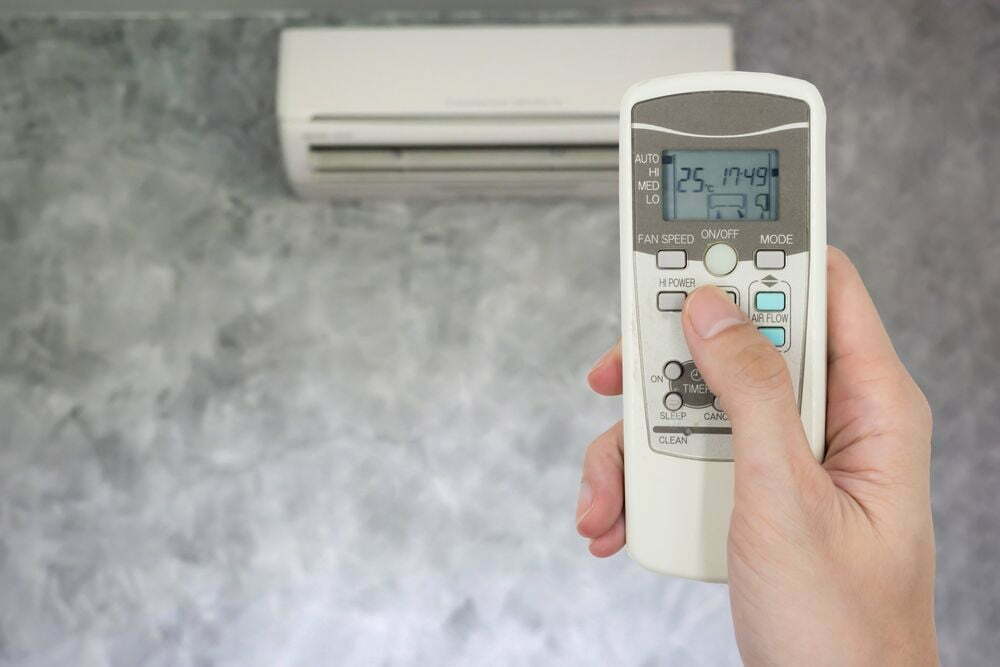
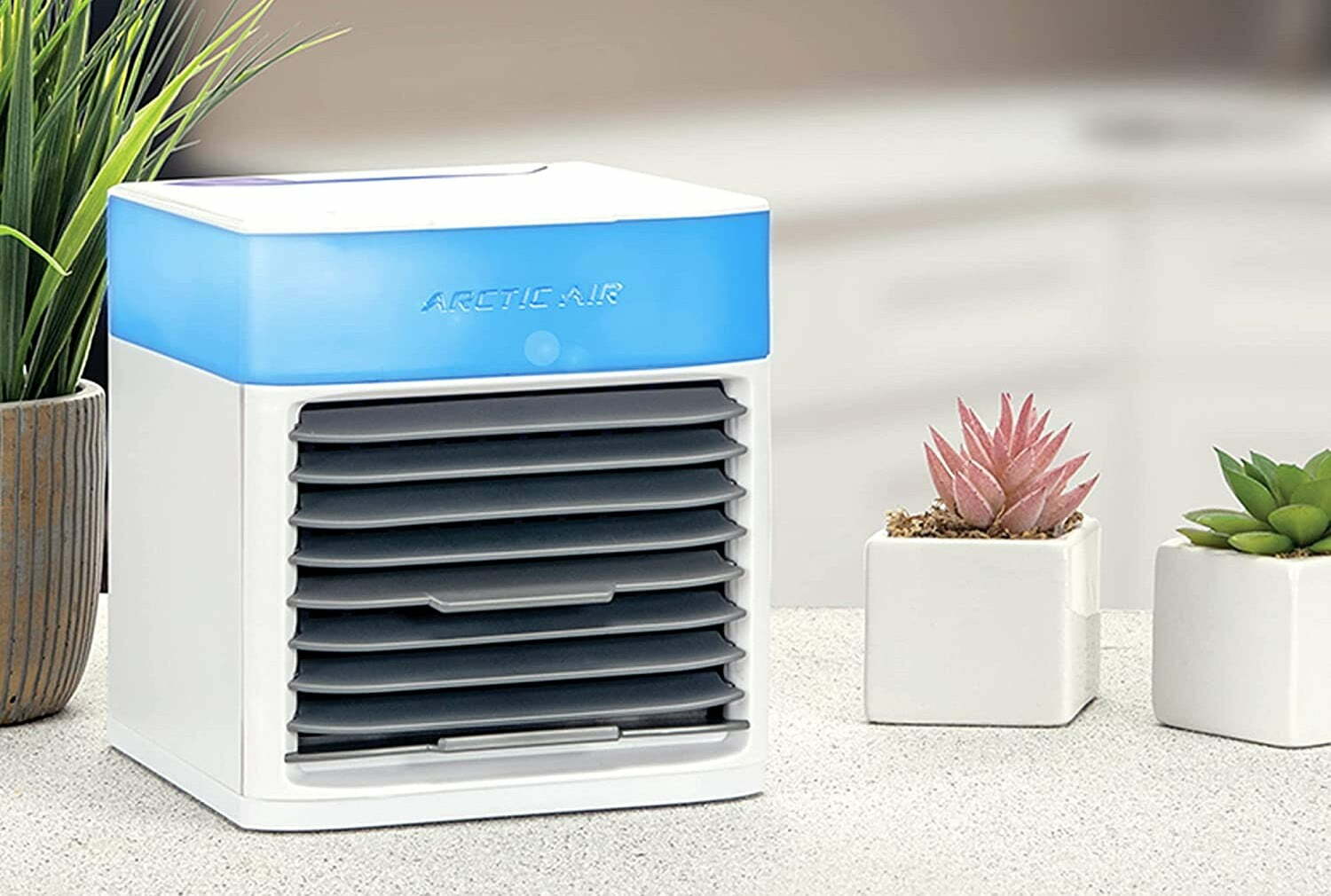
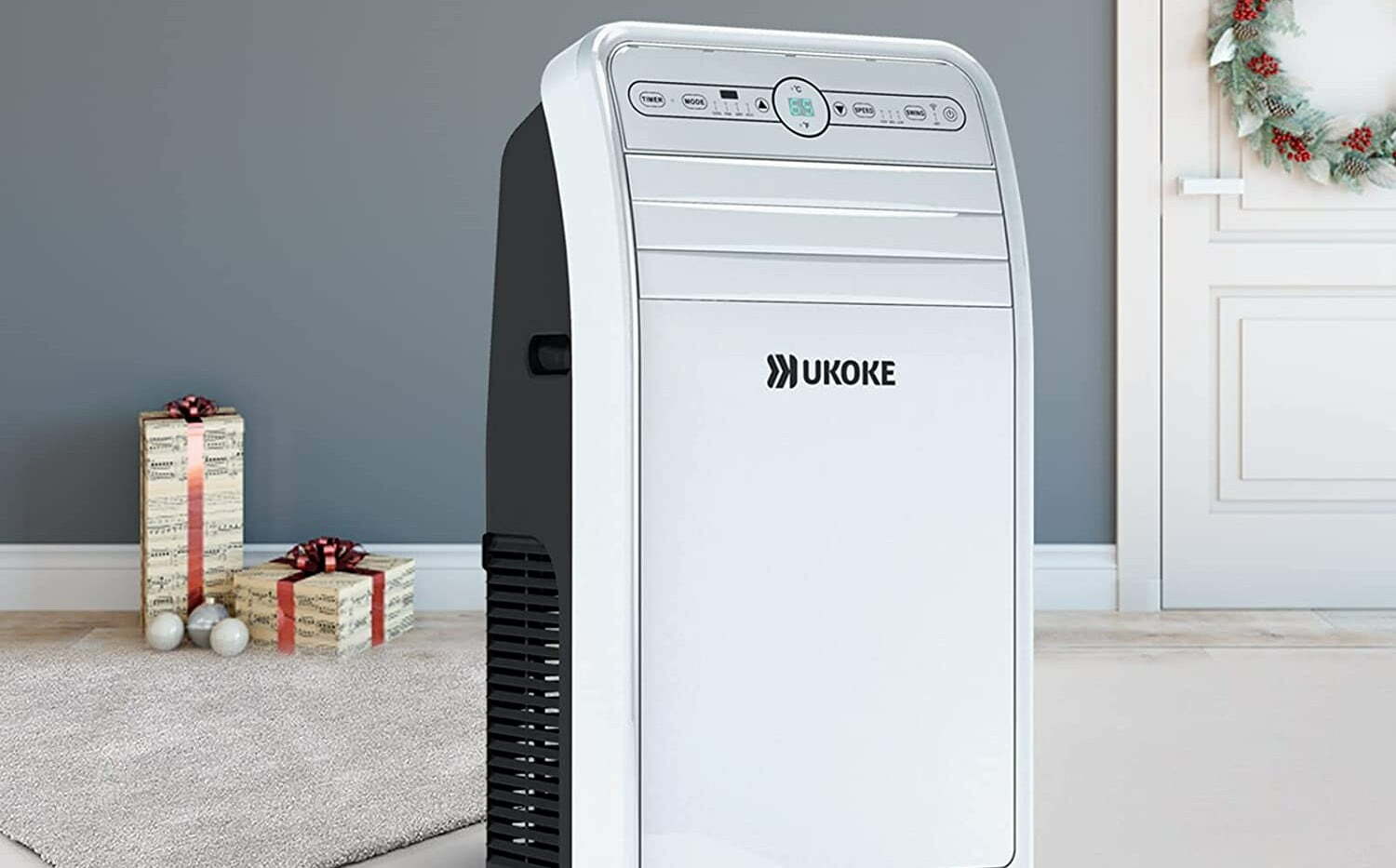
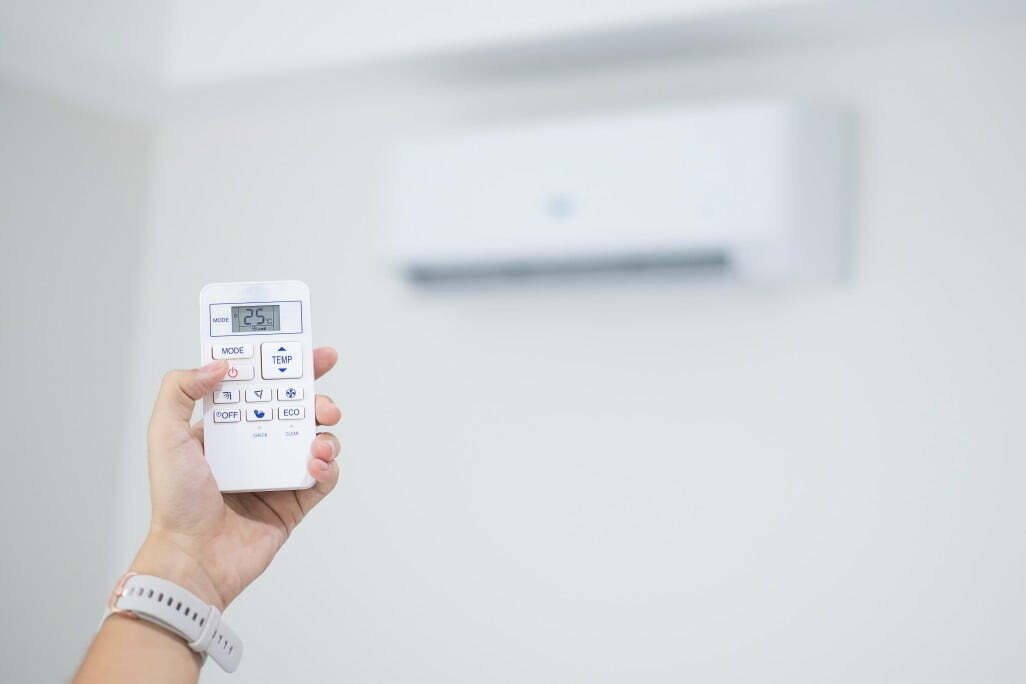

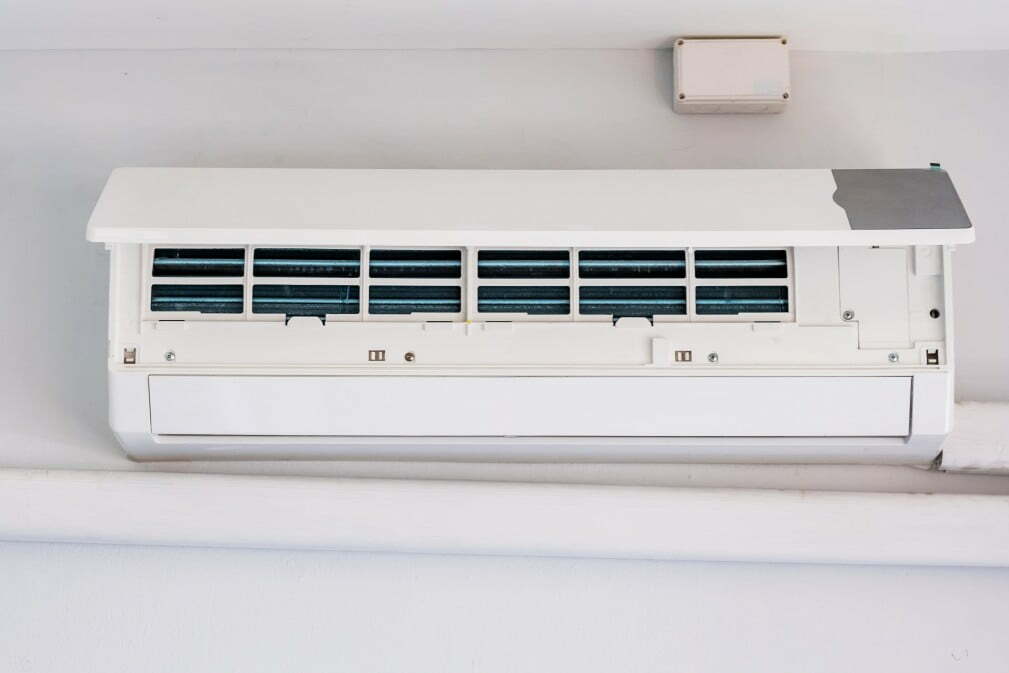
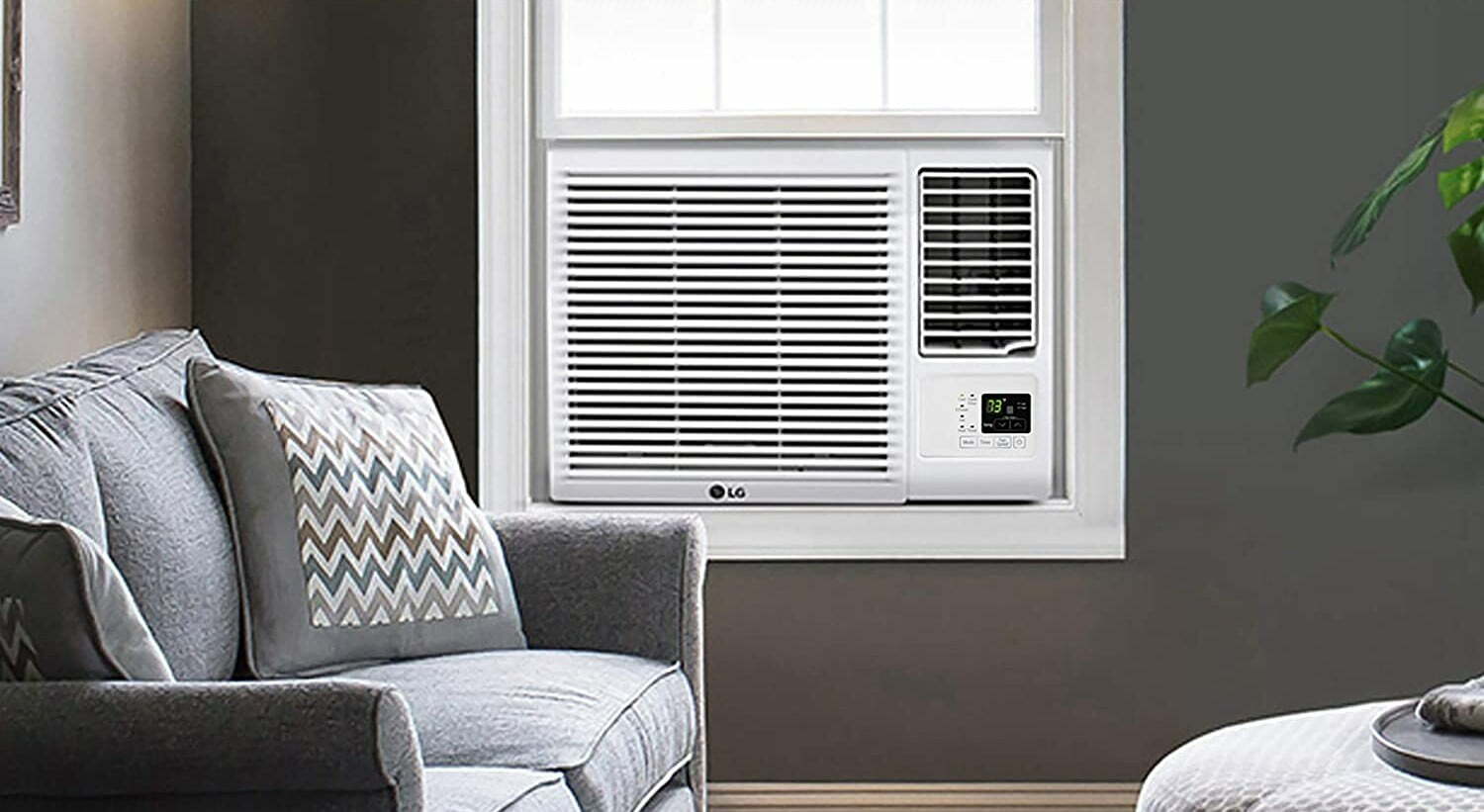
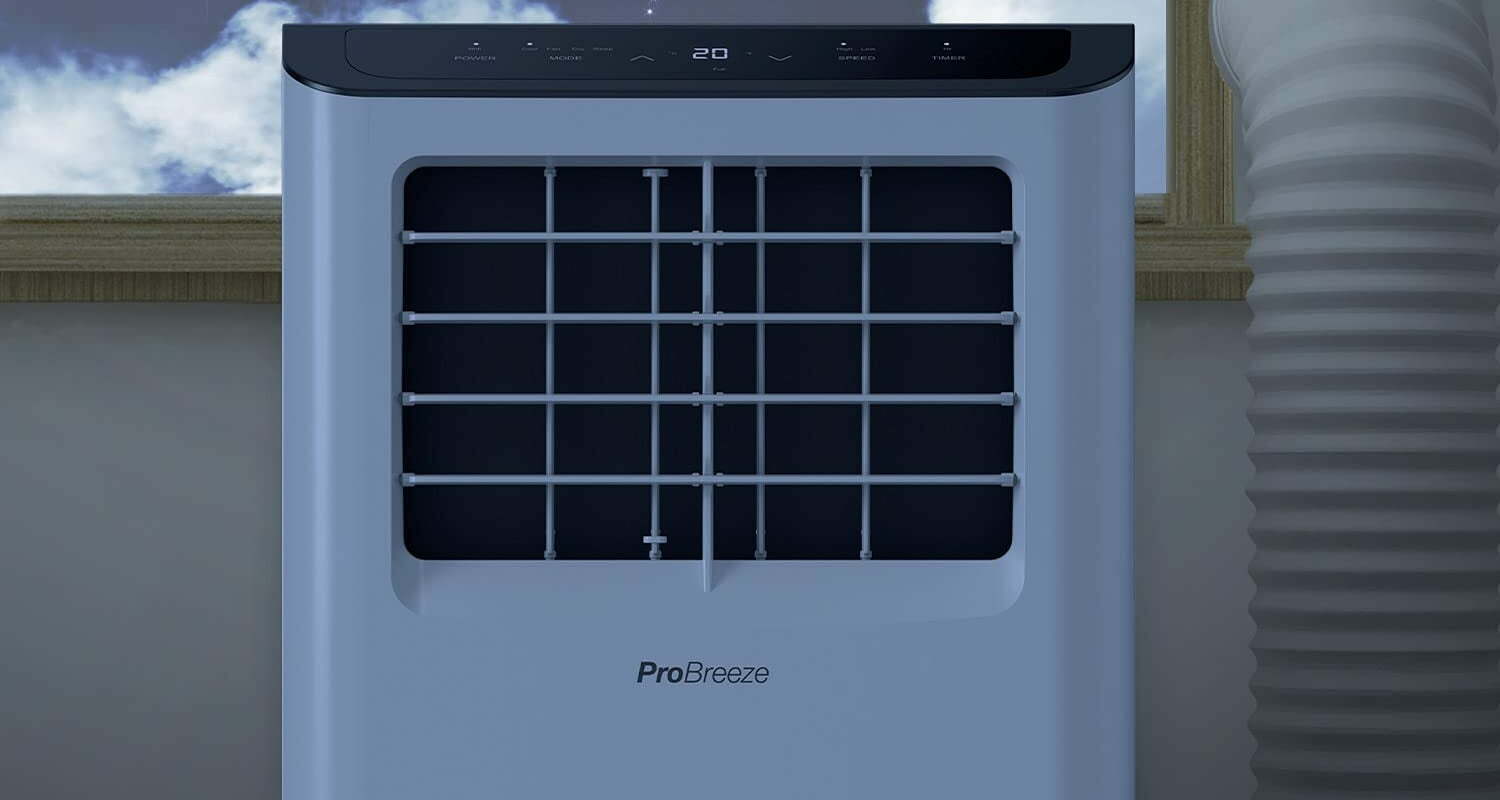
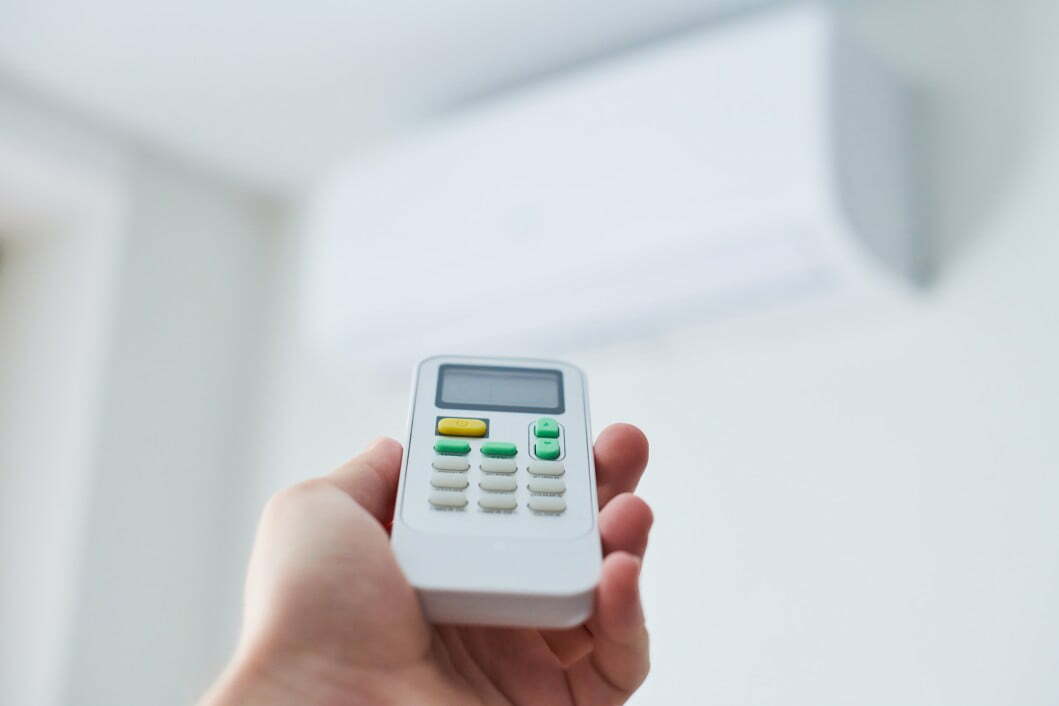
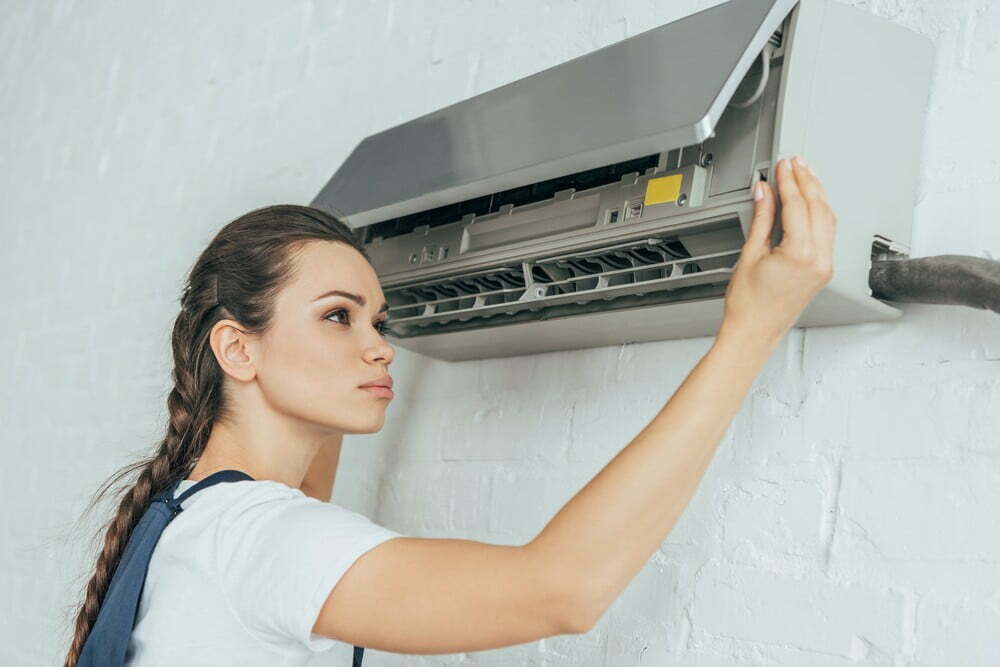
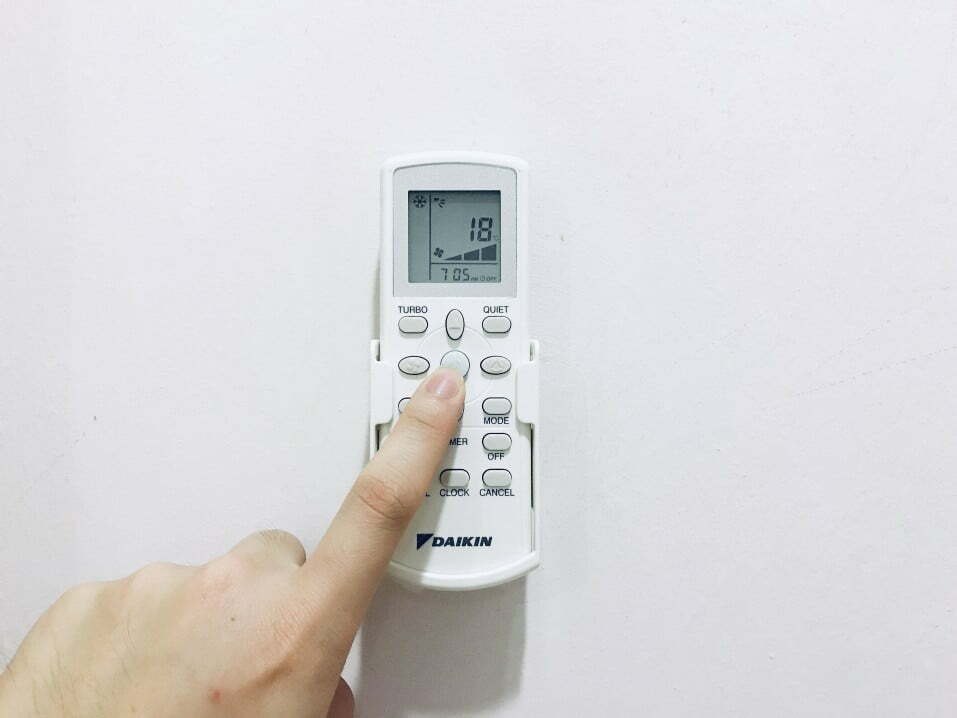
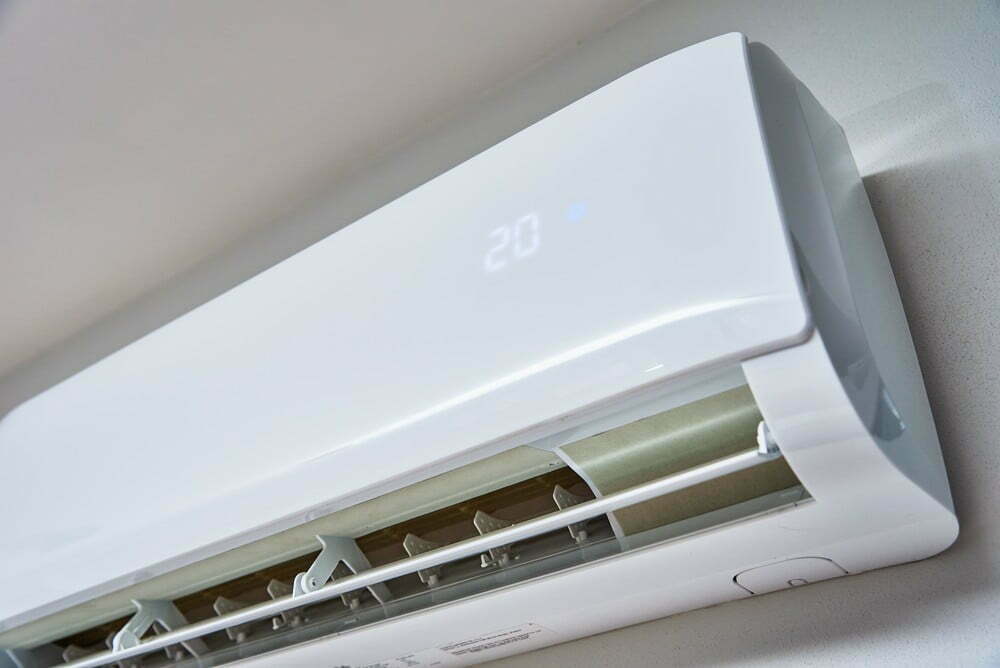
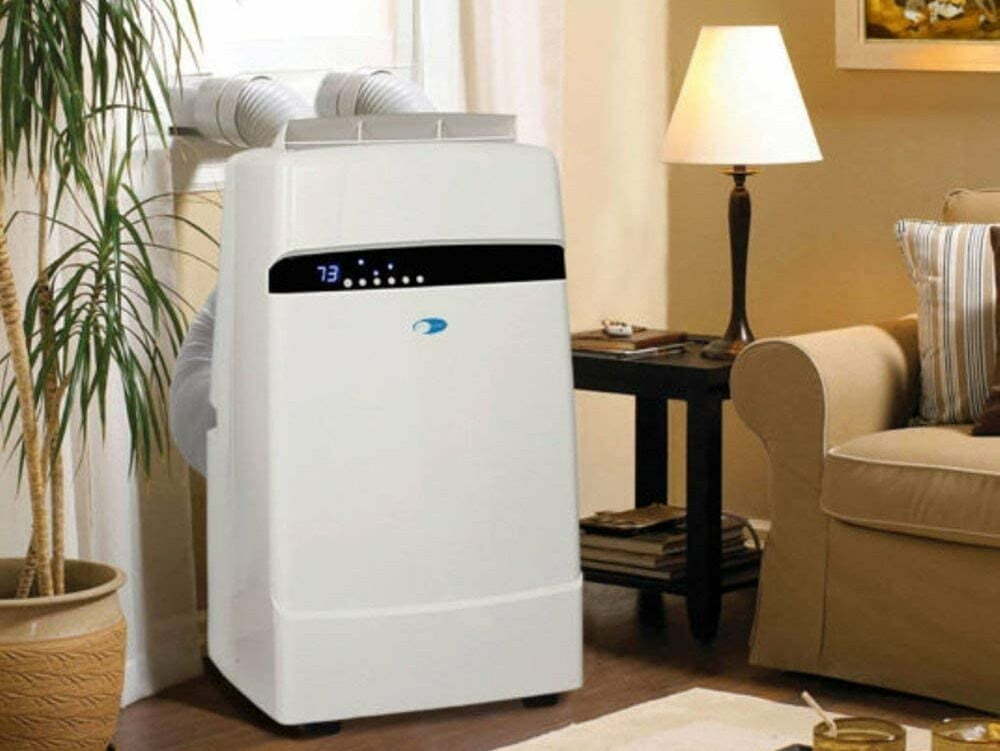
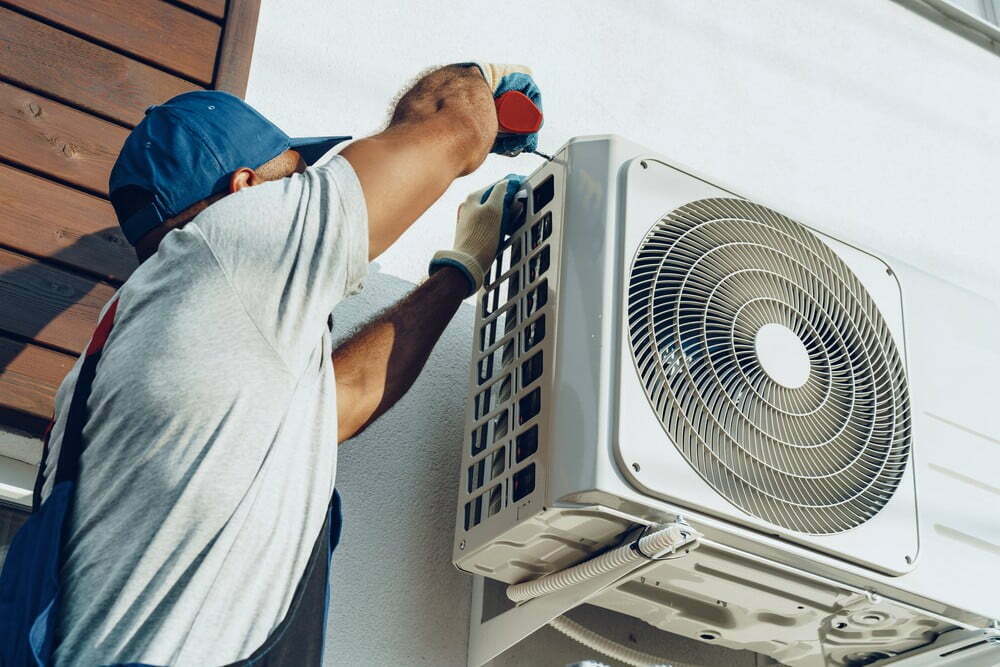

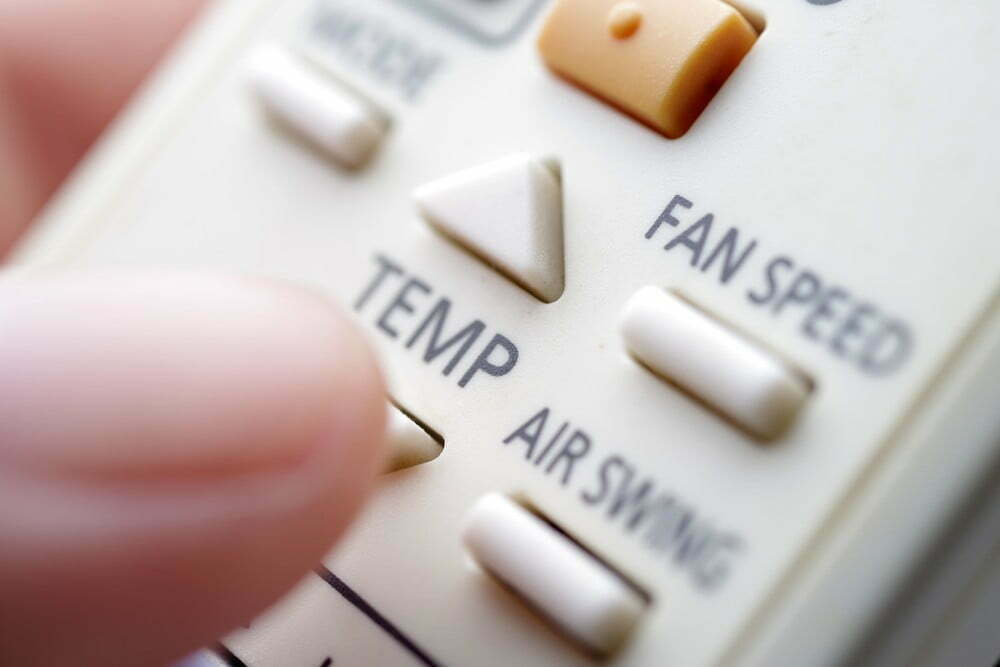
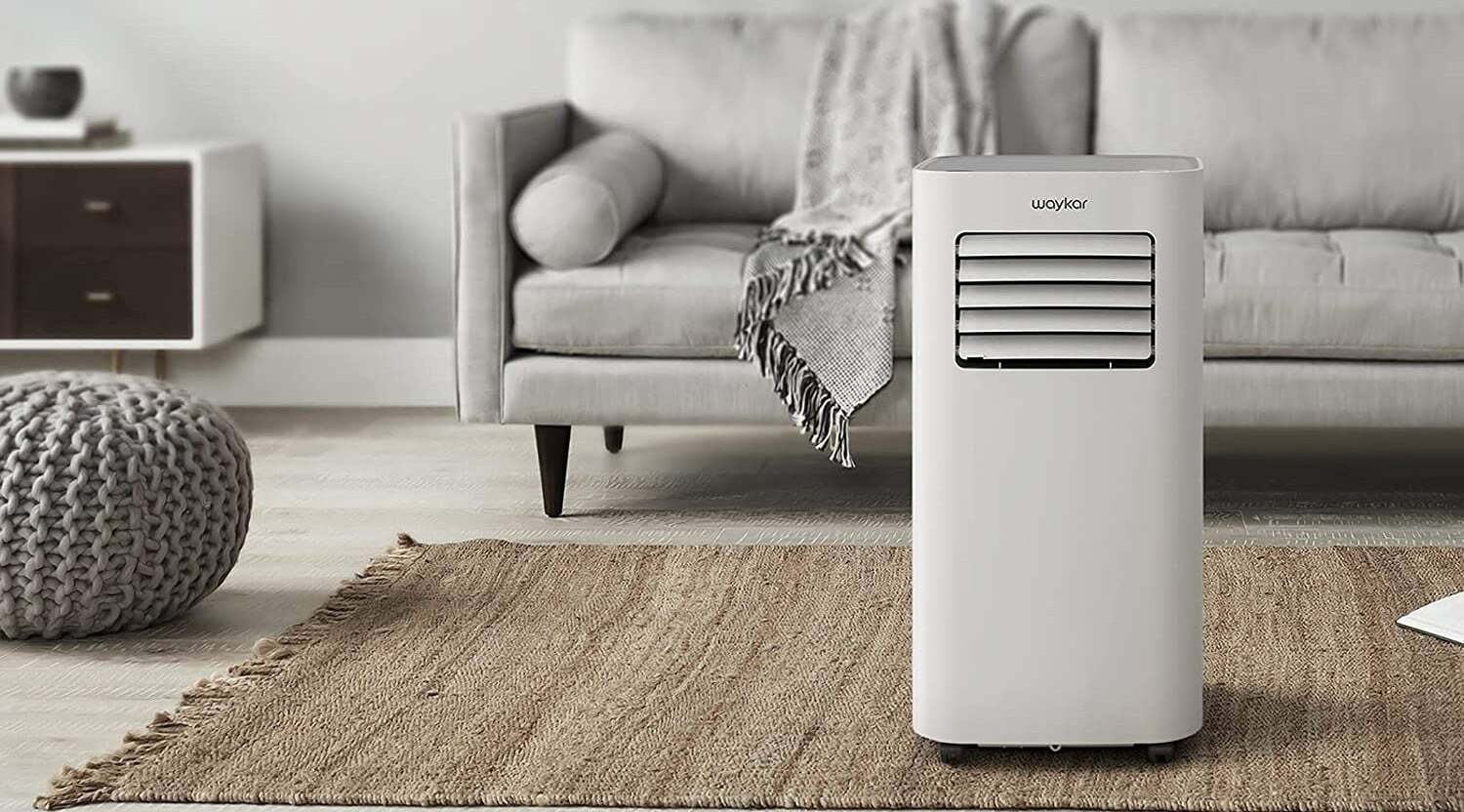
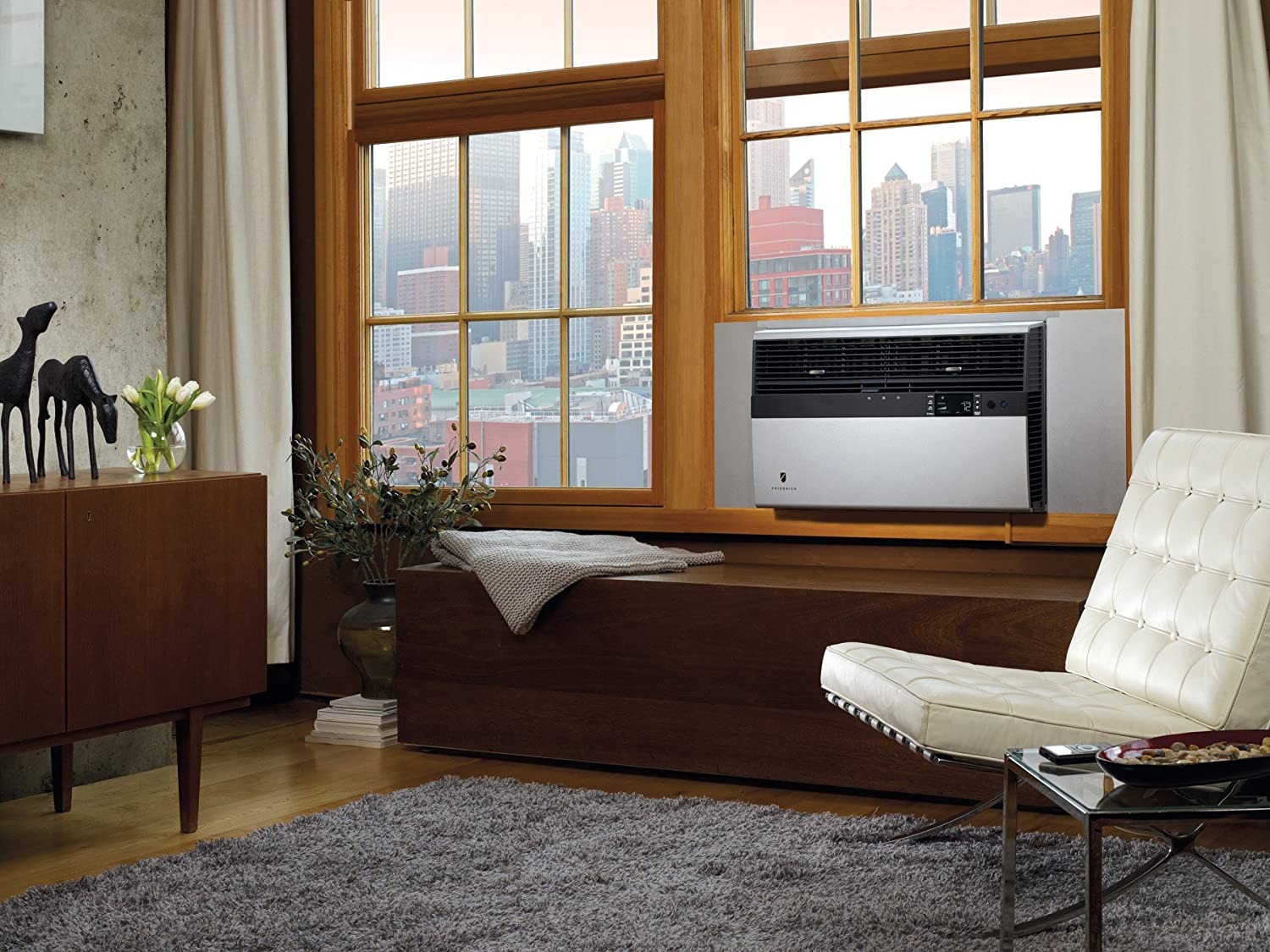
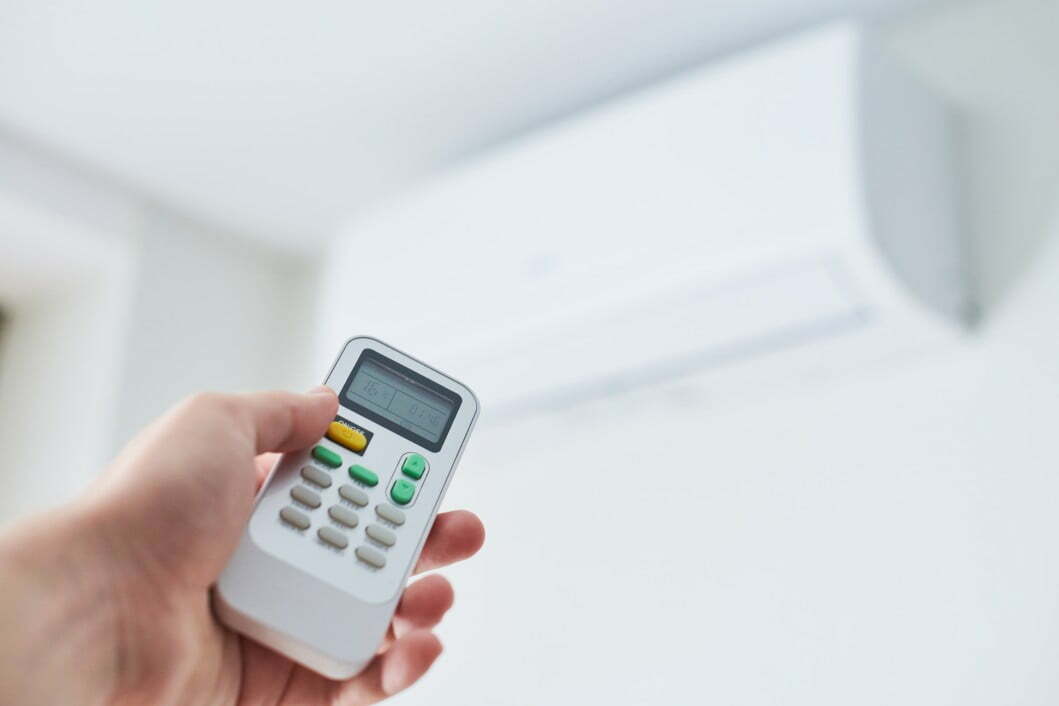
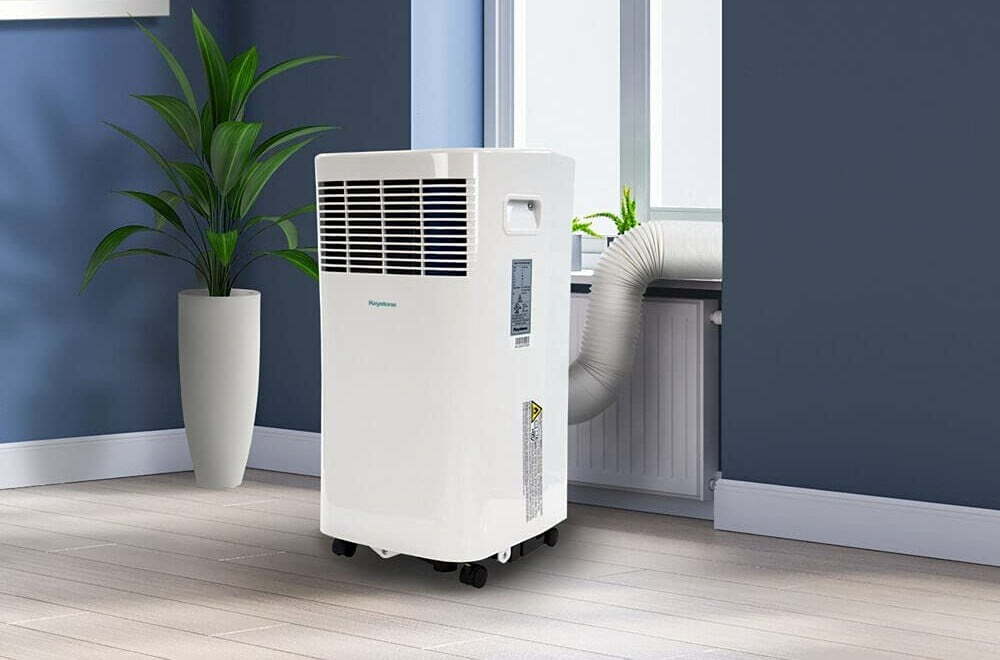
![Best Air Conditioners in [year] ([month] Reviews) 27 Best Air Conditioners in 2025 (December Reviews)](https://www.gadgetreview.dev/wp-content/uploads/best-air-conditioners-image.jpg)
![Quietest Through The Wall Air Conditioners in [year] 28 Quietest Through The Wall Air Conditioners in 2025](https://www.gadgetreview.dev/wp-content/uploads/quietest-through-the-wall-air-conditioner-image.jpg)
![Best 10000 BTU Air Conditioners in [year] 29 Best 10000 BTU Air Conditioners in 2025](https://www.gadgetreview.dev/wp-content/uploads/best-10000-btu-air-conditioner-image.jpg)
![Best 15000 BTU Air Conditioners in [year] 30 Best 15000 BTU Air Conditioners in 2025](https://www.gadgetreview.dev/wp-content/uploads/best-15000-btu-air-conditioner-image.jpg)
![Best 15000 BTU Window Air Conditioners in [year] 31 Best 15000 BTU Window Air Conditioners in 2025](https://www.gadgetreview.dev/wp-content/uploads/best-15000-btu-window-air-conditioner-image.jpg)
![Best 12000 BTU Air Conditioners in [year] 32 Best 12000 BTU Air Conditioners in 2025](https://www.gadgetreview.dev/wp-content/uploads/best-12000-btu-air-conditioner-image.jpg)
![Best Photocatalytic Oxidation Air Purifiers in [year] 33 Best Photocatalytic Oxidation Air Purifiers in 2025](https://www.gadgetreview.dev/wp-content/uploads/best-photocatalytic-oxidation-air-purifier-image.jpg)
![Best Ventless Portable Air Conditioners in [year] 34 Best Ventless Portable Air Conditioners in 2025](https://www.gadgetreview.dev/wp-content/uploads/best-ventless-portable-air-conditioner-image.jpg)
![Best Window Air Conditioners with Heat in [year] 35 Best Window Air Conditioners with Heat in 2025](https://www.gadgetreview.dev/wp-content/uploads/best-window-air-conditioner-with-heat-image.jpg)
![Best Inverter Air Conditioners in [year] 36 Best Inverter Air Conditioners in 2025](https://www.gadgetreview.dev/wp-content/uploads/best-inverter-ac-image.jpg)
![Best HEPA Air Purifiers in [year] 37 Best HEPA Air Purifiers in 2025](https://www.gadgetreview.dev/wp-content/uploads/best-hepa-air-purifier-image.jpg)
![Best Quiet Window Air Conditioners in [year] 38 Best Quiet Window Air Conditioners in 2025](https://www.gadgetreview.dev/wp-content/uploads/quiet-window-air-conditioner-image.jpg)
![Best Energy Efficient Window Air Conditioners in [year] 39 Best Energy Efficient Window Air Conditioners in 2025](https://www.gadgetreview.dev/wp-content/uploads/best-energy-efficient-window-air-conditioner-image.jpg)
![Best Quiet Portable Air Conditioners in [year] 40 Best Quiet Portable Air Conditioners in 2025](https://www.gadgetreview.dev/wp-content/uploads/quiet-portable-air-conditioner-image.jpg)
![Best 6000 BTU Air Conditioners in [year] 41 Best 6000 BTU Air Conditioners in 2025](https://www.gadgetreview.dev/wp-content/uploads/best-6000-btu-air-conditioner-image.jpg)
![Best 8000 BTU Air Conditioners in [year] 42 Best 8000 BTU Air Conditioners in 2025](https://www.gadgetreview.dev/wp-content/uploads/best-8000-btu-air-conditioner-image.jpg)
![Best Small Window Air Conditioner in [year] 43 Best Small Window Air Conditioner in 2025](https://www.gadgetreview.dev/wp-content/uploads/best-small-window-air-conditioner-image.jpg)
![Best 5000 BTU Air Conditioners in [year] 44 Best 5000 BTU Air Conditioners in 2025](https://www.gadgetreview.dev/wp-content/uploads/best-5000-btu-air-conditioner.jpg)
![Best Mini Split in [year] 45 Best Mini Split in 2025](https://www.gadgetreview.dev/wp-content/uploads/best-ductless-mini-split-air-conditioner-image.jpg)
![10 Best Portable Air Conditioners and Heaters in [year] 46 10 Best Portable Air Conditioners and Heaters in 2025](https://www.gadgetreview.dev/wp-content/uploads/best-portable-air-conditioner-and-heater-image.jpg)
